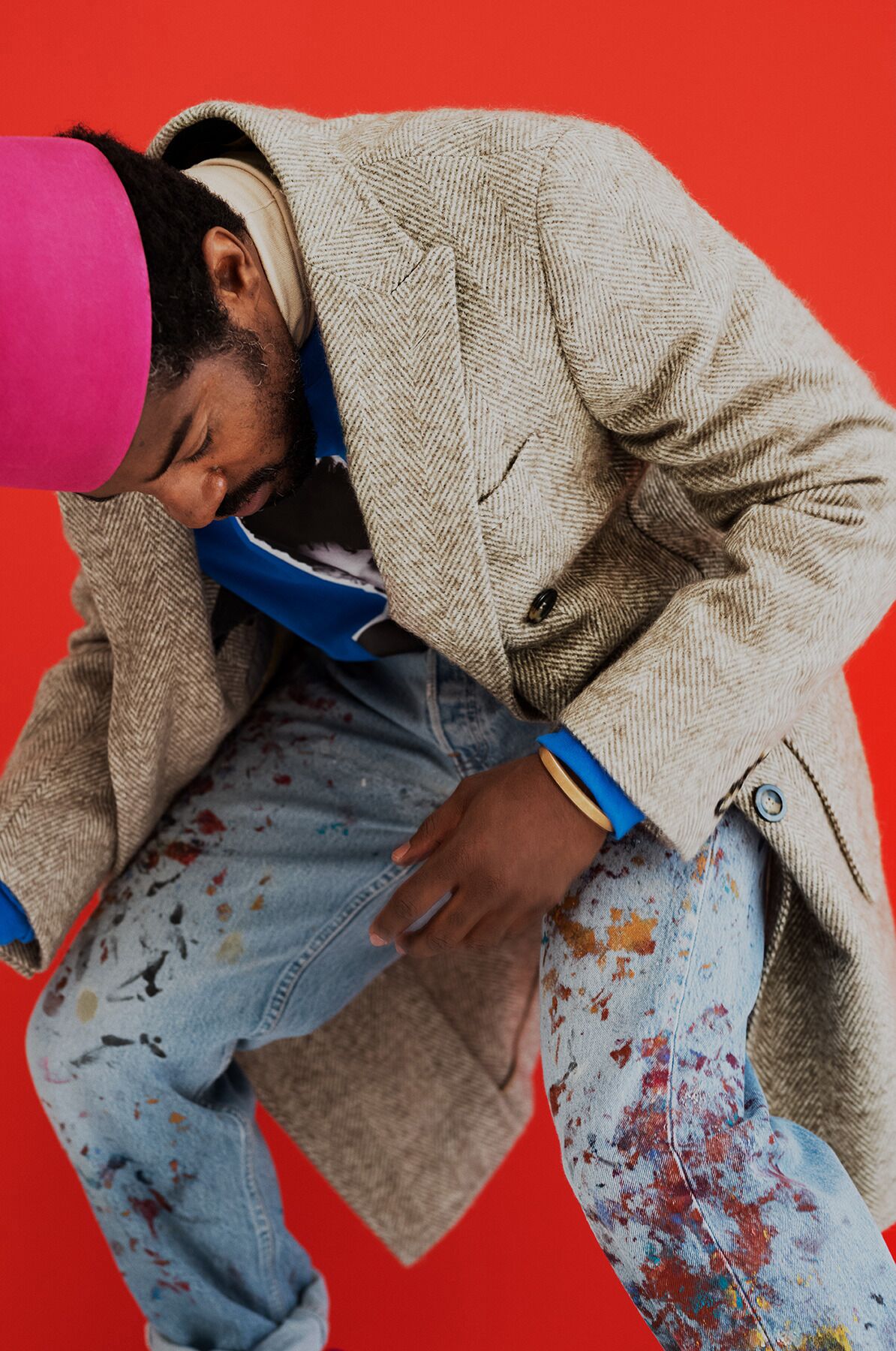Jason Nocito
For Viewfinder
Whoops™
Jason grew up on Long Island. He said he walked home from school most days staring down at the sidewalk. There was a year when his mother collected/sold birds from the house. Parents divorced. His dad married a few more times. Brothers and sisters branch out. I’m never sure how many there are—at least four and maybe as many as nine.
Dropped out of photo school just shy of a few credits and works in a darkroom making contact sheets in the old photo-district of mid-‘90s New York. Starts shooting for magazines by 2000.
2005-07, he’s spending lots of time in Vancouver with his girlfriend Meghan (later, his wife). He made a blog called The Ego Has Landed—pictures of objects, patterns, Meghan, and friends, that feel like Jason: dark and funny, restless and generous. He figured out a language for himself here.
Simultaneously self-aggrandizing and self-deprecating—and obsessive. Two books came from this era: Loads (Aperture, 2008) and I Heart Transylvania (Dashwood Books, 2011)—the latter, a love story.
2014 til now, there are three books of 8x10 large-format photos of New York puddles called PUD (Dashwood Books, 2014-16). There's a dozen small books he made in one year, a studio full of collages and sculptures, and an endless run of commercial and editorial work. Jason finished those college credits, and he and Meghan had a baby girl.
Not that quantity is the goal, but he’s taken more photos than anyone I know—always, seemingly, without much fear.


















